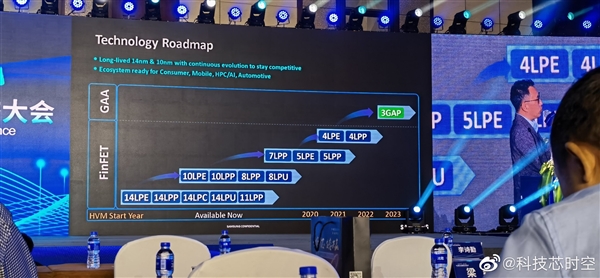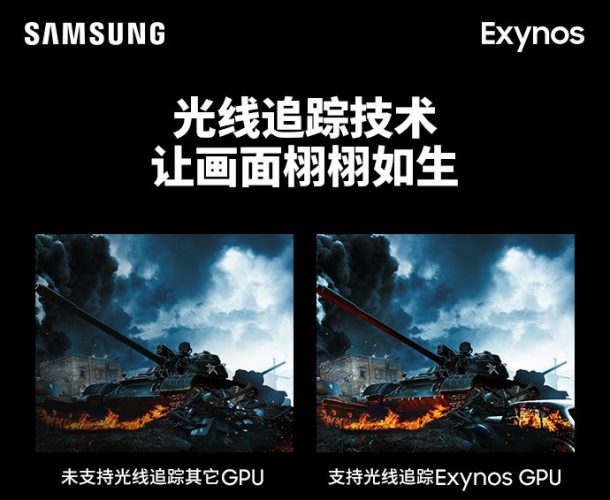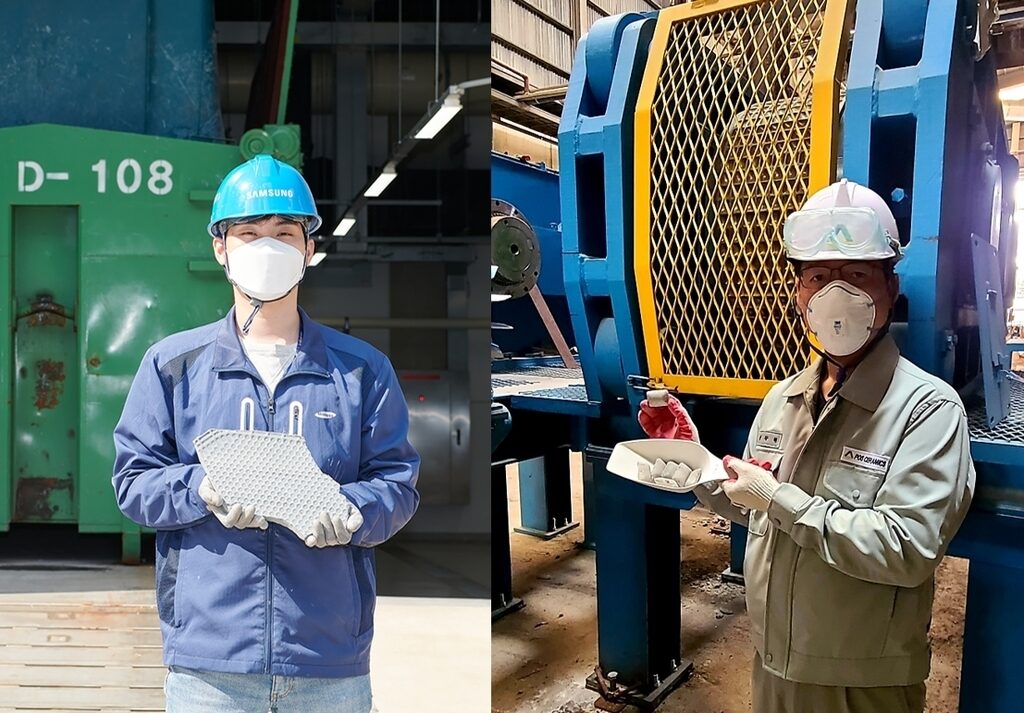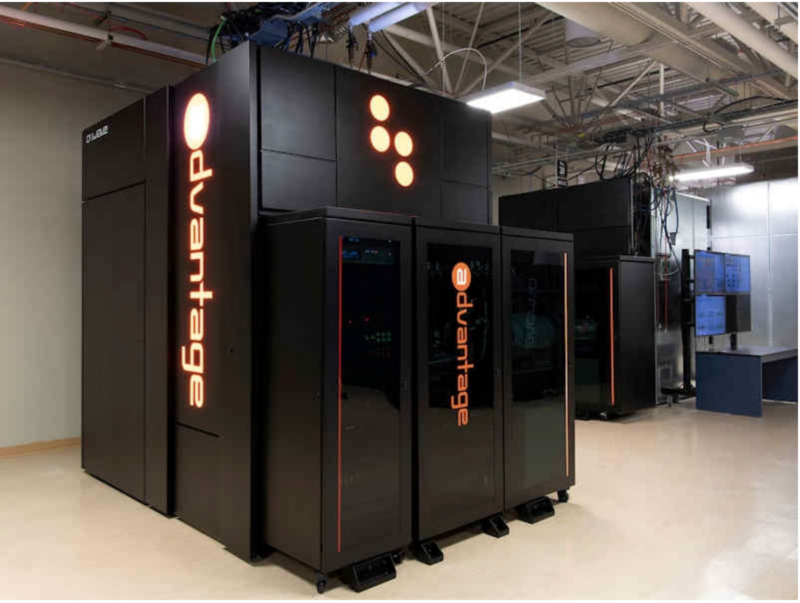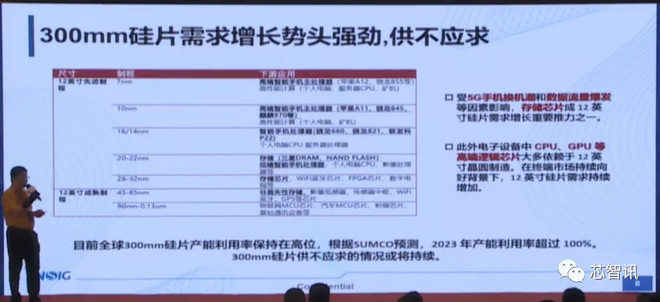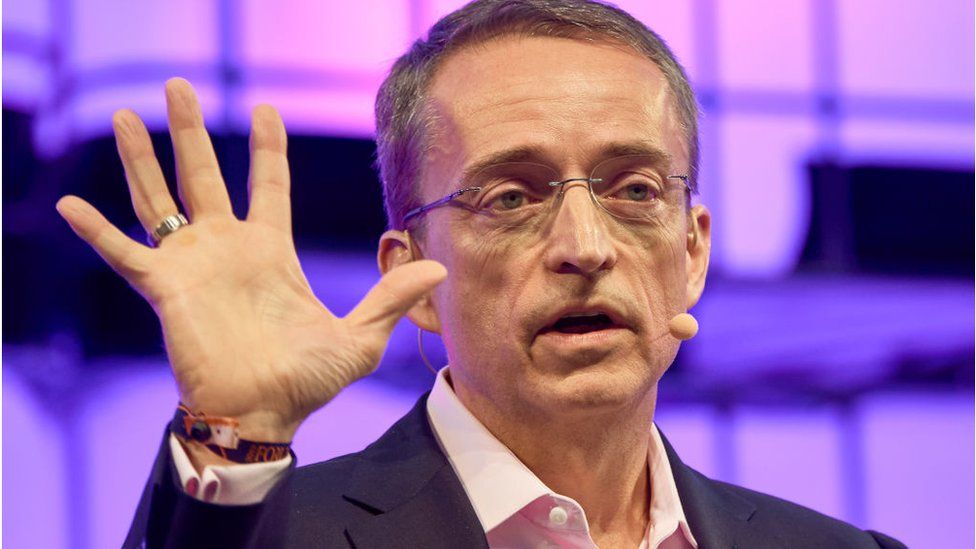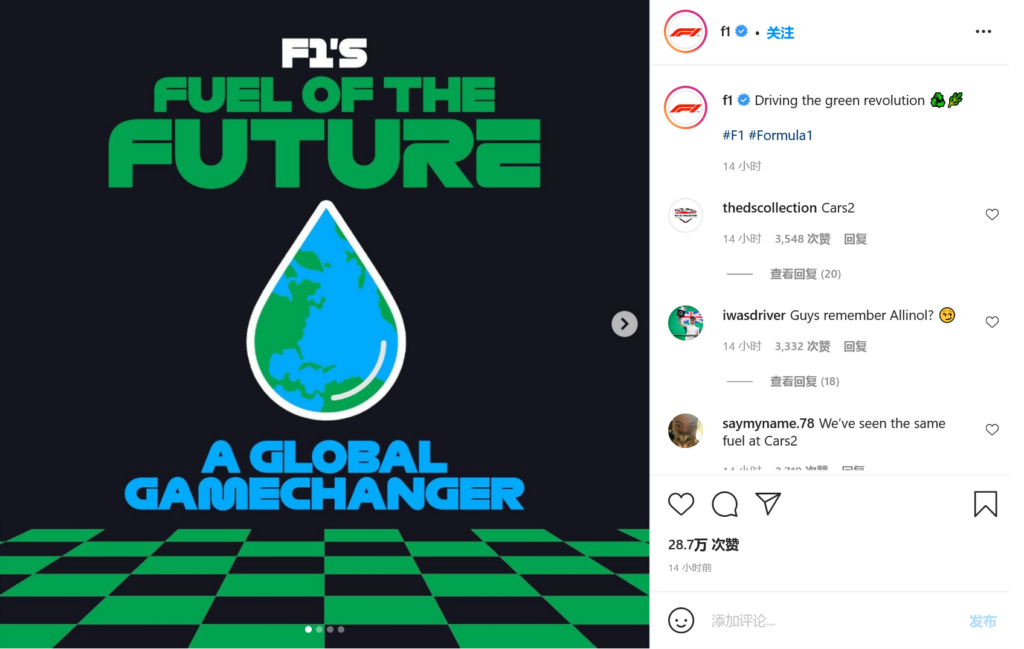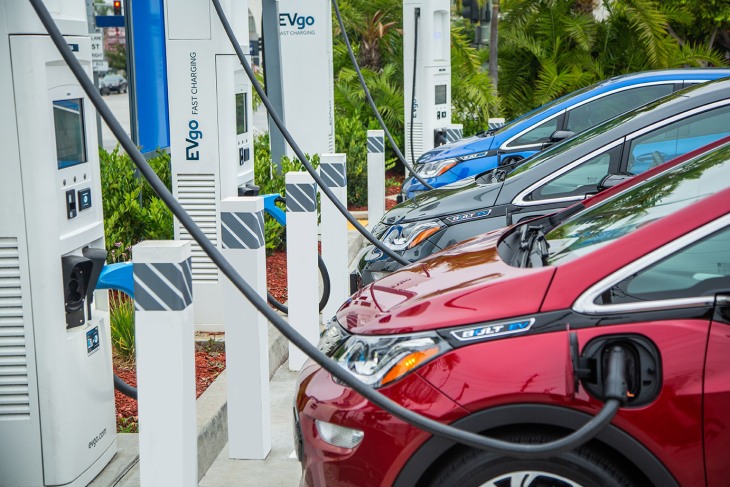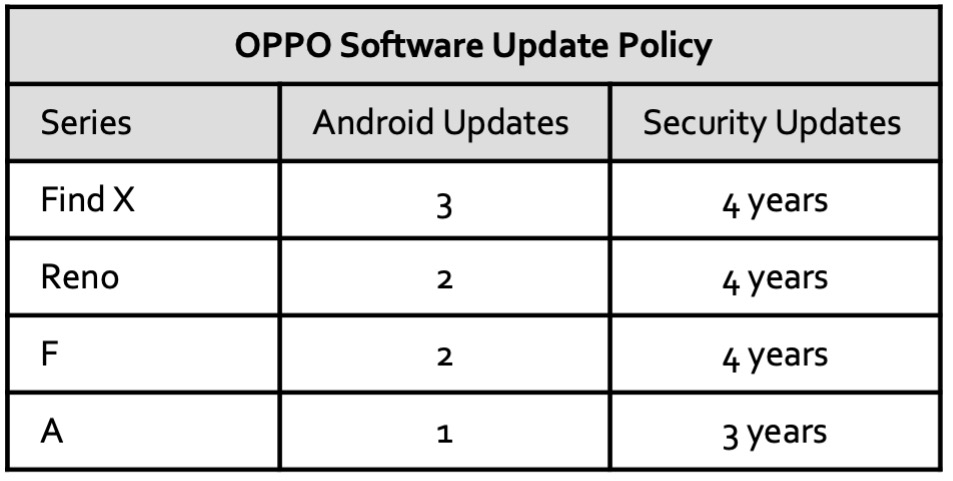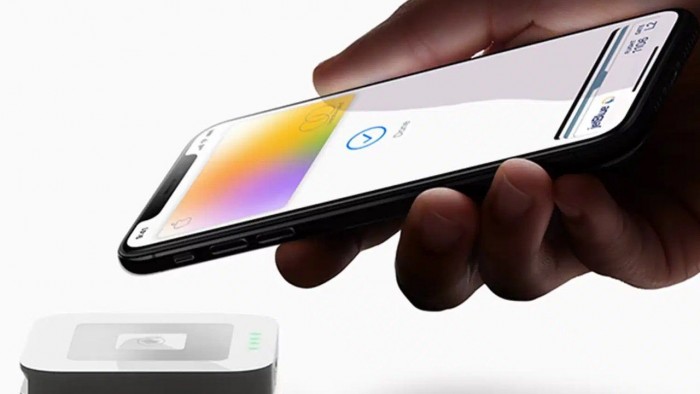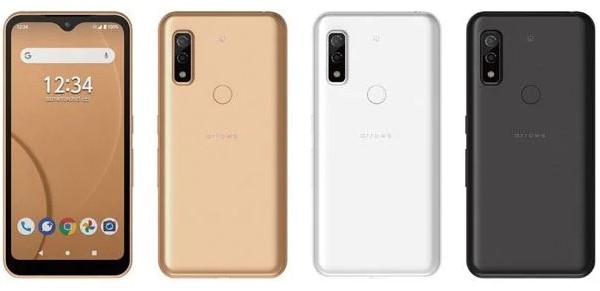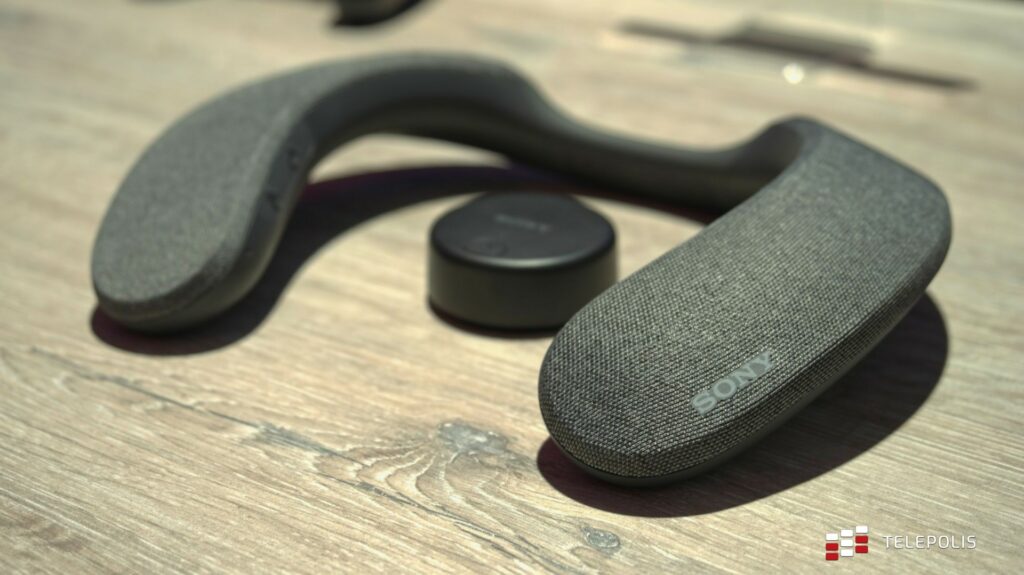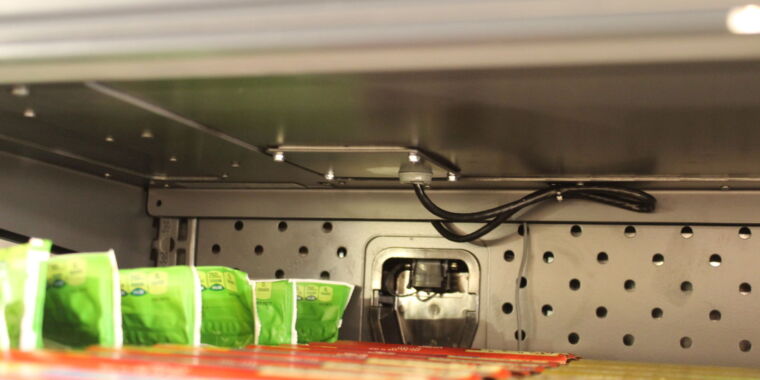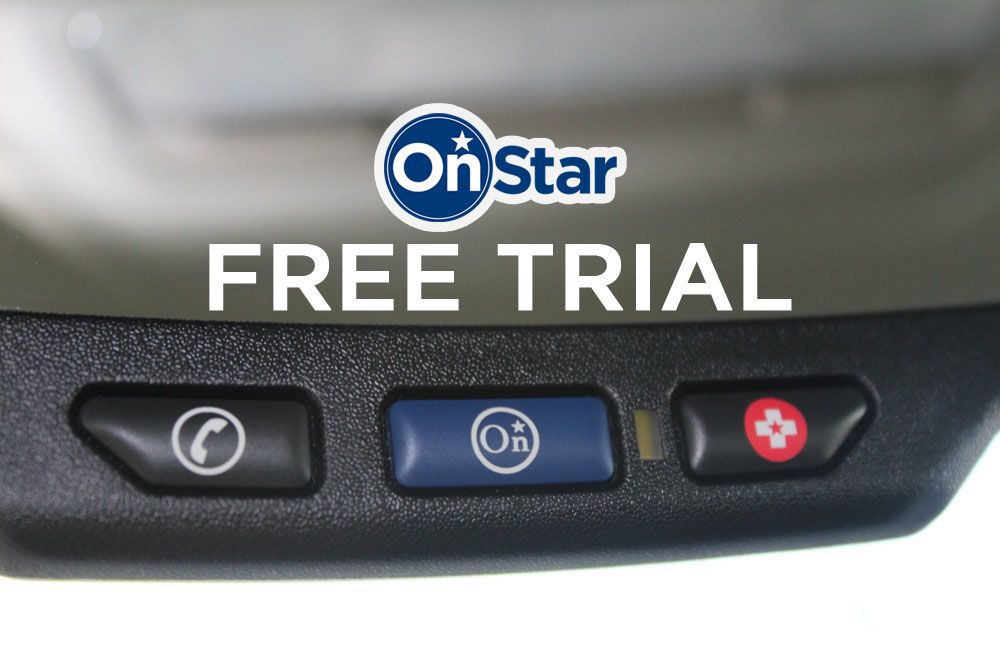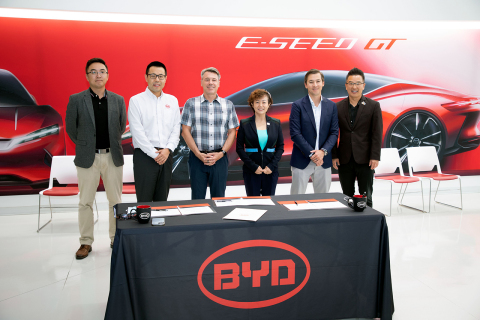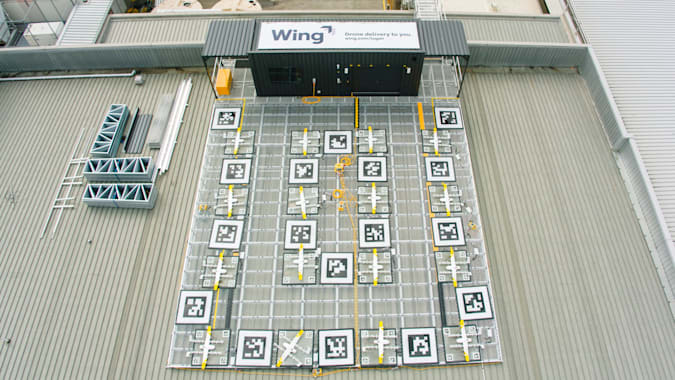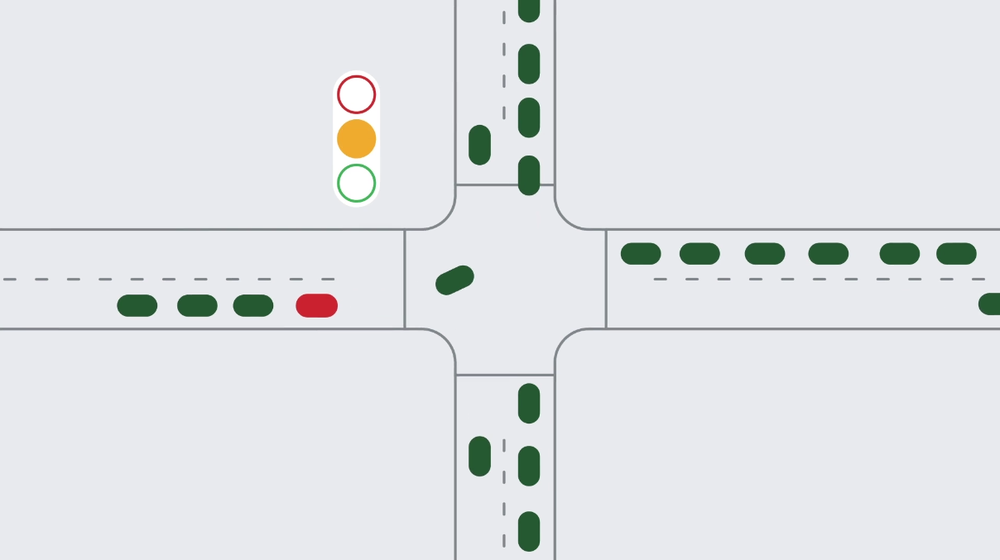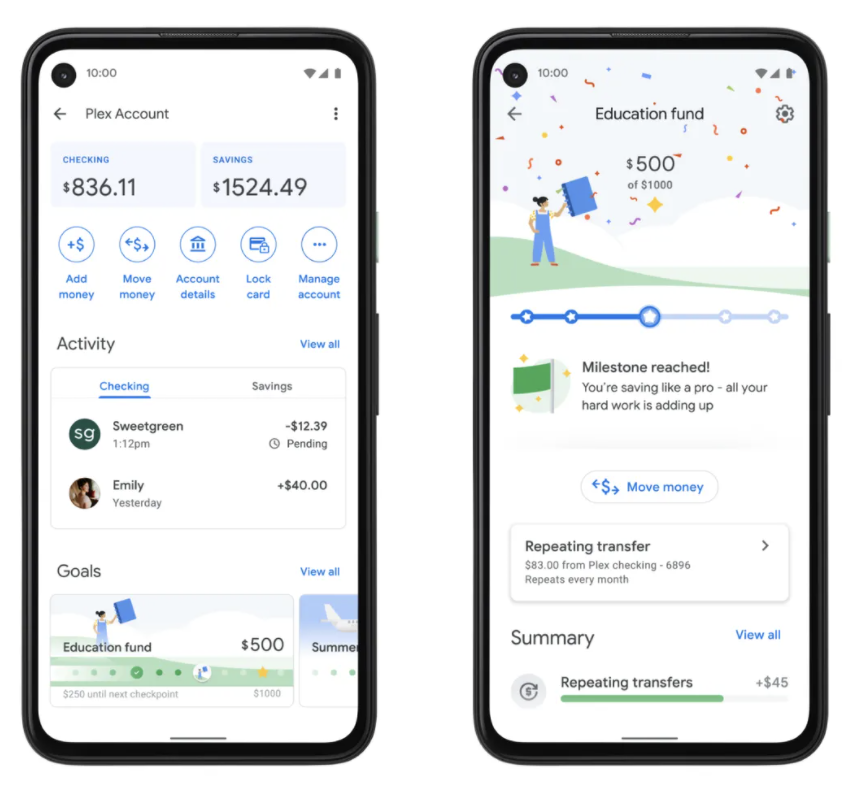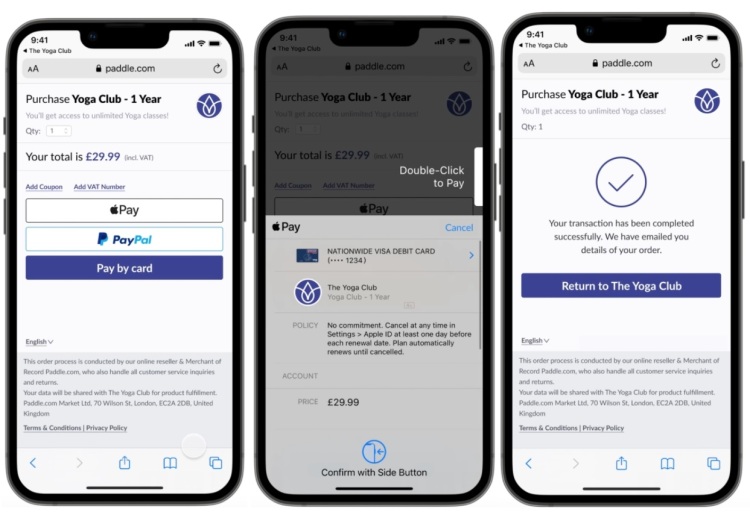
10-7 #HolidayOver : Samsung is announcing new 17nm / 17LPV (Low Power Value); Sumco will spend JPY228.7B to step up production of state-of-the-art 300mm silicon wafers; General Motors expects its in-car subscription services to generate nearly USD2B in revenue in 2021; etc.
Samsung is announcing a new 17nm process node, designed for customers still using a planar 28nm process, but want to take advantage of 14nm FinFET technology. Samsung’s new 17nm / 17LPV (Low Power Value) process combines the 14nm FEOL, so effectively the 14nm FinFET transistors, with a 28nm BEOL for connectivity. Samsung is claiming that 17LPV will over a 43% decrease in die area, 39% higher performance, or a 49% increase in power efficiency over a traditional 28nm process. The first application for 17LPV will be in camera image signal processors, as part of Samsung’s CMOS Image Sensor portfolio. (CN Beta, iFeng, Samsung, AnandTech)
Samsung has unveiled plans for continuous process technology migration to 3nm and 2nm based on the company’s Gate-All-Around (GAA) transistor structure. With its enhanced power, performance and flexible design capability, Samsung’s unique GAA technology, Multi-Bridge-Channel FET (MBCFETTM), is essential for continuing process migration. Samsung’s first 3 nm GAA process node utilizing MBCFET will allow up to 35% decrease in area, 30% higher performance or 50% lower power consumption compared to the 5nm process. Samsung is scheduled to start producing its customers’ first 3nm-based chip designs in 1H22, while its second generation of 3nm is expected in 2023. Newly added to Samsung’s technology roadmap, the 2nm process node with MBCFET is in the early stages of development with mass production in 2025. (My Drivers, AnandTech, EE News Europe, Tech Power Up)
Samsung has been working with AMD to bring Radeon graphics to the Exynos chips used in many of the company’s smartphones and tablets. AMD CEO Lisa Su promised that the “next flagship” SoC from Samsung would feature AMD RDNA 2 graphics with support for features like ray tracing. Now Samsung has confirmed that its next-gen Exynos chips will indeed support ray tracing technology. (Liliputing, Neowin, Twitter, IT Home, CN Beta)
Samsung Electronics and Hyundai Steel have announced that they have developed a new wastewater recycling technology that would allow sludge from the chip manufacturing process to be reused for steelmaking. Their joint research found that calcium fluoride in the sludge was similar to fluorite, a material used in steelmaking to reduce melting temperatures and remove impurities. (Sammy Hub, Korea Herald)
According to Digitimes, Apple has increased the orders it has placed with TSMC for the 5nm A15 Bionic chips it needs to build more iPhone 13 series phones. At the same time, Apple has reportedly cut back on orders for chips used with older iPhone models. Apple has scaled down its chip orders for older-generation iPhones, while ramping up wafer starts at TSMC for its iPhone 13. Apple has also not made any changes to its chip orders placed with TSMC for 2021. (Phone Arena, Digitimes)
D-Wave has unveiled a host of new updates to its existing commercial offerings. These include upgrades to its 5000-qubit quantum system Advantage, a new hybrid solver in the company’s Leap quantum cloud service, and a preview of its next-generation quantum computing platform that will include both annealing and gate-model quantum computers. D-Wave has also hinted at the next generation of the Advantage. Dubbed Advantage 2, the quantum system will have over 7,000 qubits and boast 20-way connectivity. (Neowin, TechCrunch, ArsTechnica)
Japan’s Sumco will spend JPY228.7B (USD2.05B) to step up production of state-of-the-art 300mm silicon wafers for semiconductors. Sumco and compatriot Shin-Etsu Chemical together hold more than half the global market for silicon wafers. Sumco will invest JPY201.5B in a new plant next to existing facilities in Japan’s Saga Prefecture. Building construction and equipment installation will begin in 2022, and the plant is scheduled to come online in stages from 2H23, with full operation to start in 2025. The remaining JPY27.2B will be used to expand a plant run by a domestic subsidiary. (Nikkei Asia, Electronics Weekly, Laoyaoba)
Intel CEO Pat Gelsinger has revealed that the company is no longer considering building a factory in the UK because of Brexit. He has further added that Intel is looking at EU countries and getting support from the EU. Intel is investing up to USD95B on opening and upgrading semiconductor plants in Europe over the next 10 years, as well as boosting its US output. (CN Beta, BBC, Yahoo)
Lidar developer Ouster has agreed to buy solid-state lidar startup Sense Photonics in an all-stock deal, and will set up a new automotive division. Ouster will buy privately held Sense for 9.5M Ouster shares, which had a value of about USD68M. Ouster will set up an automotive division, augmenting its efforts to land contracts to supply lidars for off-road vehicles and industrial equipment. (Laoyaoba, TechCrunch, Reuters, Business Wire, Forbes)
Formula 1 and global partner ARAMCO are targeting an introduction of 100% sustainable fuels by the middle of this decade, as part of the move towards being Net Zero Carbon by 2030. F1’s CTO Pat Symonds has said this fuel will be “drop-in” ready. (CN Beta, Formula One, CNET)
SK On, a battery company, and SK Earthon, a petroleum exploration company, are split off from SK Innovation. SK On plans to scale up its battery production capacity to 85 gigawatt-hours (GWh) on an annual basis by 2023, up from the current 40GWh. The company’s target for 2025 is 220GWh and 500GWh for 2030. SK said its cumulative order bookings have exceeded 1 terawatt-hours, which is one of the largest among global battery firms. In addition, SK On will handle the energy storage systems (ESS) business and develop batteries for flying vehicles and robots. (Laoyaoba, Inside EVs, Korea Herald, Korea Times, KED)
General Motors (GM) has pledged to increase its investment in EV charging networks by nearly USD750M through 2025. The investment has significant implications for GM’s Ultium Charge 360 project. GM in 2020 announced a partnership with EVgo, a popular charging network company, for the installation of more than 2,700 DC fast chargers over 5 years. (TechCrunch, AP News, Washington Post)
OPPO is announcing 3 guaranteed Android version updates to its flagships. OPPO says it will deliver 3 platform updates to its flagship Find X series, barring the Lite and Neo models. (Android Central, XDA-Developers, Gizmo China)
Apple has reached a USD95M settlement that, pending court approval, will resolve a class action lawsuit that accused the company of violating the Magnuson–Moss Warranty Act and other U.S. laws by replacing customers’ devices covered by AppleCare with refurbished devices. (GizChina, MacRumors, Apple World, CN Beta)
The European Commission is reportedly preparing to charge Apple with anti-competitive practices over how the NFC chip on Apple Devices works, specifically that only Apple Pay is allowed to use it. The statement of objection is expected to be sent to Apple in 2022. (GSM Arena, Reuters, CN Beta)
Samsung is aiming to have the 6.1” standard Galaxy S22 account for 50%-60% of its shipment goal for the series. The 6.6” plus model is being aimed to account for 20% of the total, while the Galaxy S22 Ultra’s target is 20%-30%. Samsung is aiming to manufacture early-20M units for the Galaxy S22 series, which is very conservative. Samsung originally aimed to ship 26M units of the Galaxy S21 series but increased this to 30M units around launch. (Gizmo China, The Elec)
Fujitsu Arrows We is launched in Japan – 5.7” 720×1480 HD+ v-notch, Qualcomm Snapdragon 480, rear dual 13MP-2MP macro + front 5MP, 4+64GB, Android 11.0, rear fingerprint, 4000mAh 10W, price yet to be announced. (Gizmo China, Kakaku, FCNT)
Nokia T20 is launched in Europe – 10.4” 1200×2000 IPS LCD, Unisoc Tiger T610, rear 8MP + front 5MP, 3+32 / 4+64GB, Android 11.0, stereo speakers, 8200mAh 18W, starts at EUR200 (Wi-Fi) / EUR240 (4G LTE). (Android Authority, Android Central, GSM Arena)
Sony has announced its first wireless neckband speaker SRS-NS7 that supports Dolby Atmos. It delivers Sony’s own 360 Spatial Sound experience, which converts a Dolby Atmos signal from a Bravia XR TV via an included wireless transmitter into fully immersive virtual surround sound. The transmitter connects to a TV via optical audio and USB, then sends the signal to the SRS-NS7 via Bluetooth. It is priced at USD300. (Android Headlines, PR Newswire, Pocket-Lint)
Sonos has developed a system called “Concurrency” that could make multiple voice assistants interoperable on its smart speakers but had to put its plans on hold because of Google, according to David Limp, the SVP of Devices and Service of Amazon. Google’s distribution agreement says its assistant must operate as the only general-purpose AI. (The Verge, Android Headlines)
Amazon is reportedly aiming to bring some of the tech it uses at cashierless Amazon Go stores to kitchen. The company has been working on a smart fridge that can monitor items and help users order replacements if they are running low on something. The Just Walk Out tech used at Go stores tracks what shoppers put in their carts and automatically charges them when they leave. (Engadget, TechCrunch, Business Insider, Ars Technica)
General Motors (GM) has unveiled its most advanced driver-assist system to date, called Ultra Cruise. The new technology will exist alongside its established Super Cruise driver-assist system, with the Super version to remain available on its more mainstream vehicles and Ultra reserved for its premium motors. Launching with Cadillac vehicles in 2023, Ultra Cruise will utilize a combination of cameras, radars, and LiDAR, and will be good for more than 2M miles of roads, with that figure increasing to 3.4M miles over time. (Digital Trends, TechCrunch, GM)
General Motors (GM) CEO Mary Barra has revealed that the automaker plans to double revenue by 2030, expanding profits from combustion vehicles even as it rolls out new electric vehicles and new digitally powered services. GM has said if it succeeds, annual revenue by 2030 would be about USD280B. GM projects its combustion vehicle business can grow even as annual electric vehicle revenues rise to USD90B by 2030 from USD10B projected in 2023. (CN Beta, CNBC, Financial Times, Reuters)
General Motors (GM) has said it expects its in-car subscription services to generate nearly USD2B in revenue in 2021 and will reach as high as USD25B by the end of the decade. The automaker has 16M vehicles on the road in the U.S. and Canada. About 4.2M of those vehicles have owners that pay for subscriptions services today, according to Alan Wexler, SVP of innovation and growth at GM. GM’s current subscription platform supports services like OnStar, a subsidiary of the company that provides in-vehicle security, emergency services and navigation. (TechCrunch, Detroit Free Press)
Sales at two of China’s fastest-growing new energy vehicle suppliers continued a year-long surge in Sept 2021, underscoring brisk EV demand in the world’s largest auto market. BYD, the Shenzhen-headquartered vehicle and battery maker backed by Warren Buffett’s Berkshire Hathaway, has said for the first 9 months of 2021, it sold 337,579 new energy vehicles, an increase of 204.3% from a year earlier. Alibaba-backed XPeng, meanwhile, said shipments rose by nearly 200% to 10,412 units; for the first 9 months, they gained 301% to 56,404. (Forbes, Gizmo China)
BYD and Levo Mobility have announced a collaboration to integrate Nuvve’s vehicle-to-grid (V2G) technology with a variety of commercial, public transport and heavy-duty BYD battery electric vehicles. The plans encompass the joint deployment of up to 5,000 BEVs over the next 5 years for fleet solutions. (Laoyaoba, Electrive, Business Wire)
On-demand delivery drone company Wing has partnered with Australian retail property group Vicinity Centres to run a pilot where drones are being used to pick up goods from retail shopping center roofs before dropping them off to customers in southeast Queensland. Wing is an Alphabet subsidiary that develops drone technology designed for deliveries. (Engadget, ZDNet, ABC, Bloomberg)
Alphabet’s Google cut fuel use and traffic delays by 10%-20% at 4 locations in Israel by using artificial intelligence (AI) to optimize signal lights and it next plans to test the software in Rio de Janeiro. Google’s Chief Sustainability Officer, Kate Brandt, says the results so far are promising. (Reuters, Yahoo, Google)
Several Chinese companies have filed a class-action complaint against Amazon for banning them from the Amazon marketplace over their use of paid reviews. In 2020, Amazon has cracked down on companies soliciting paid reviews on its platform, claiming to have permanently banned 600 Chinese brands across 3,000 seller accounts. The companies listed in the complaint include Sopownic, Slaouwo, Deyixun, Cstech, Recoo Direct, Angelbliss, and Tudi. (The Verge, eZone, 163)
Google has stopped working on its Plex service, which aims to let users do their banking through the Google Pay app. The service is supposed to let users sign up for checking or savings accounts offered by a variety of traditional banks that the user would then manage through the app. Google has cancelled the project due to a series of missed deadlines and because an executive who pushed for the project left the company. (The Verge, WSJ, Engadget, IT Home)
Paddle, the global revenue platform for software companies, announces the first alternative In-App Purchasing (IAP) system for Apple iOS developers. Designed to bring innovation, competition and choice to iOS in-app payments for the first time, Paddle’s new offering is a direct response to the recent ruling in the Apple vs Epic lawsuit. The user presses a button and is redirected to Paddle’s site, where they can pay with various payment methods, including credit card, PayPal, and Apple Pay. (VentureBeat, 9to5Mac, PR Newswire)


